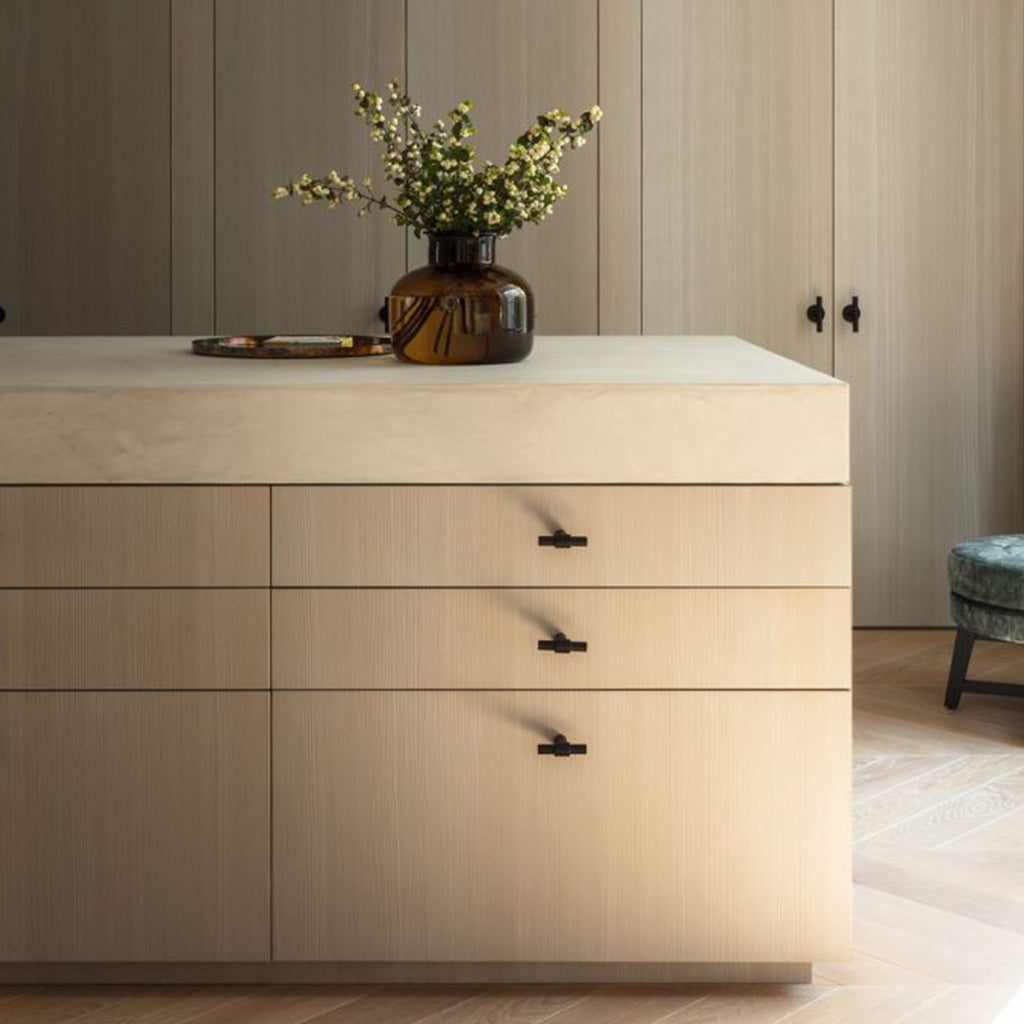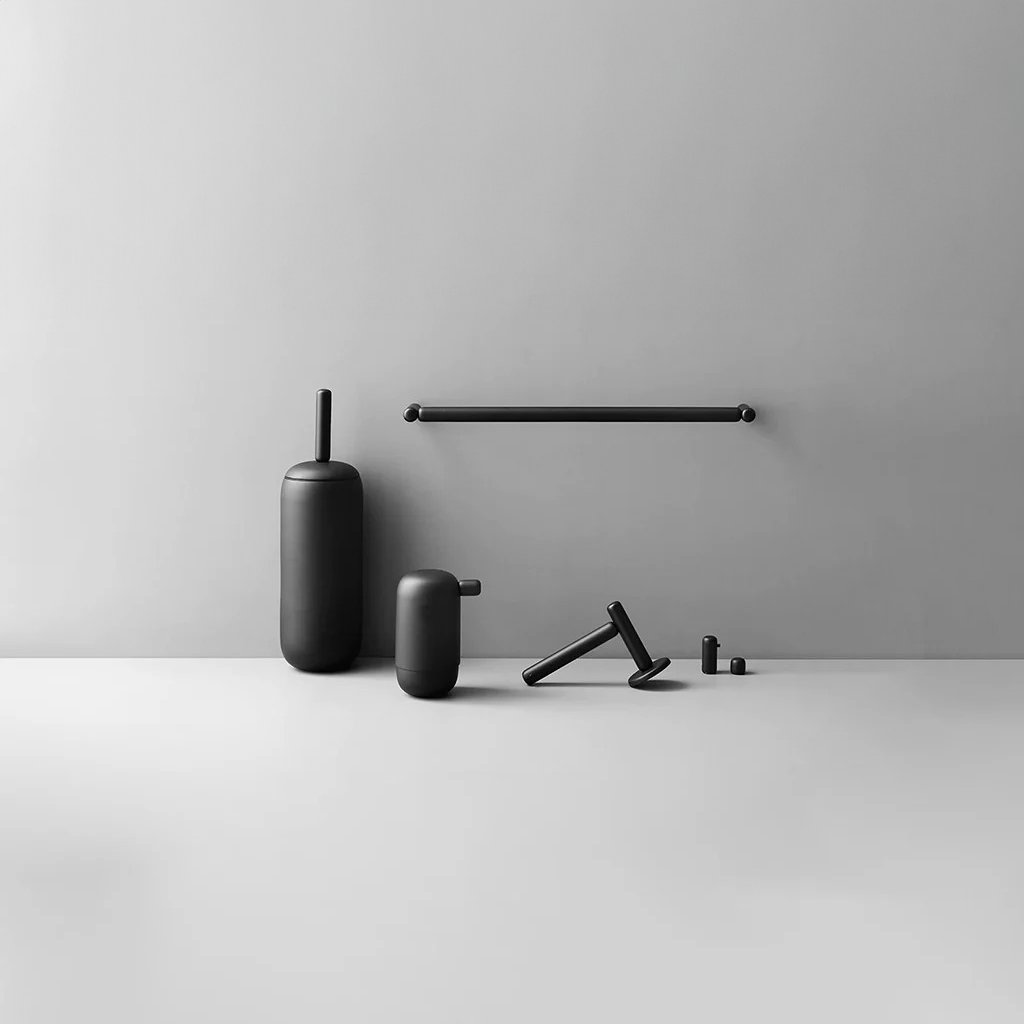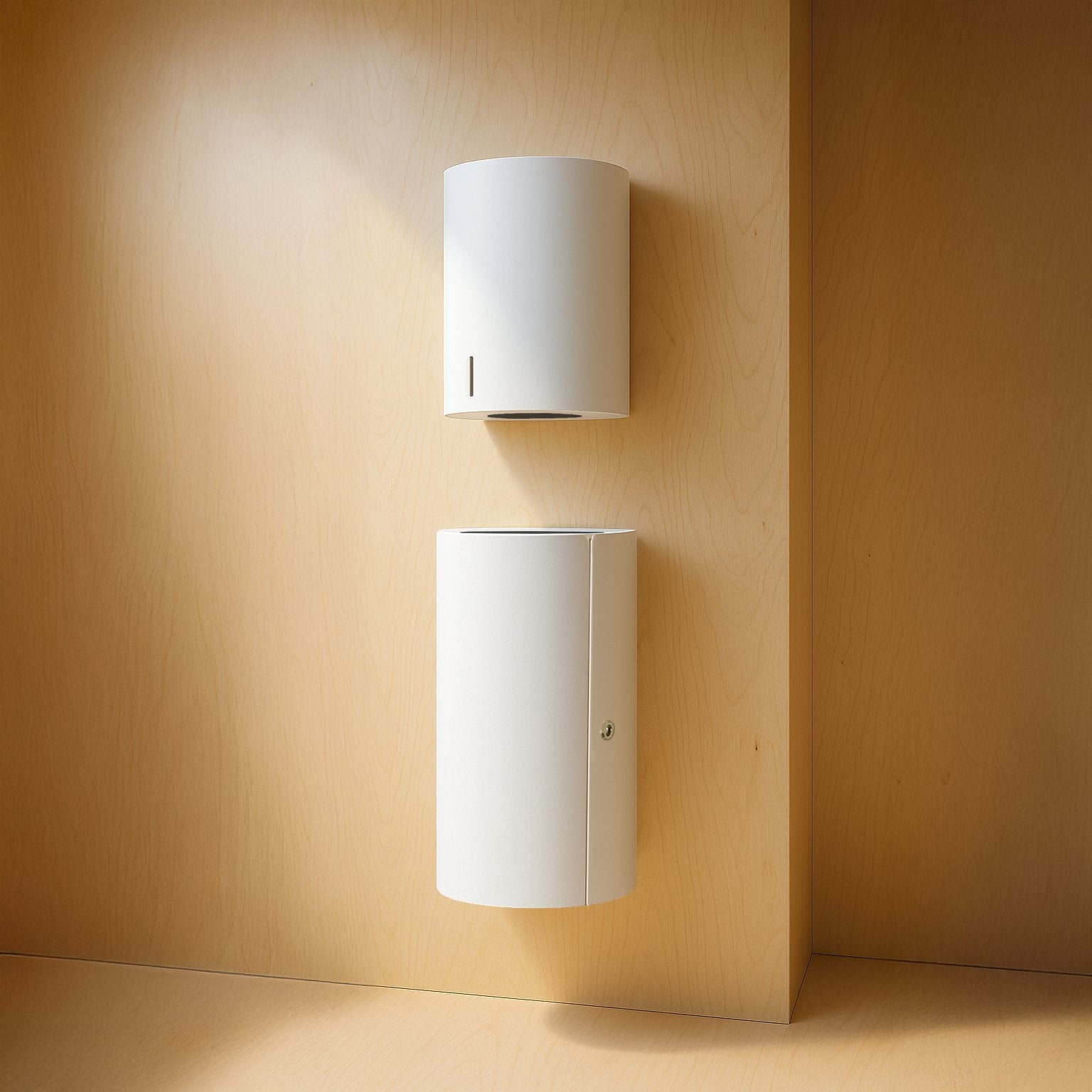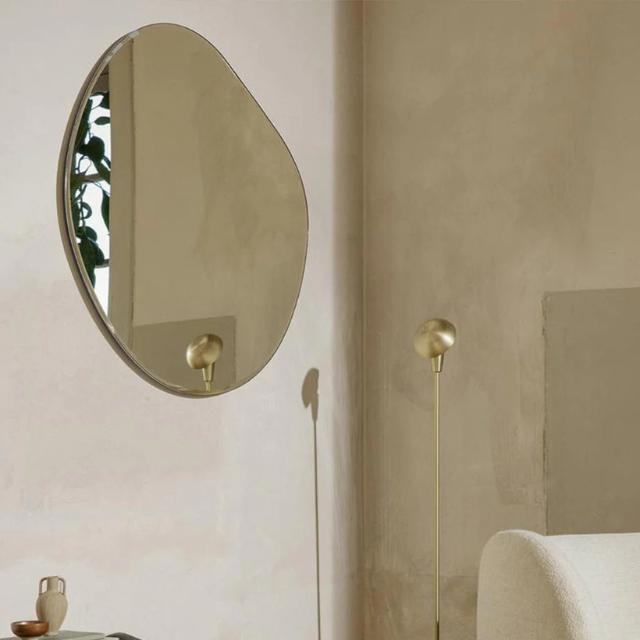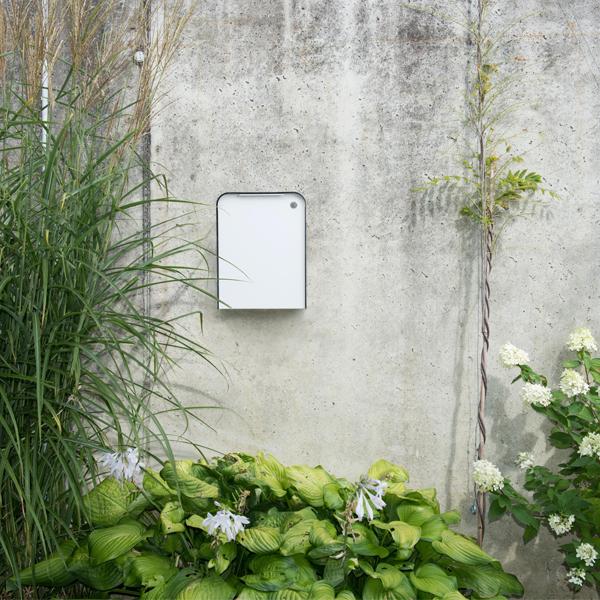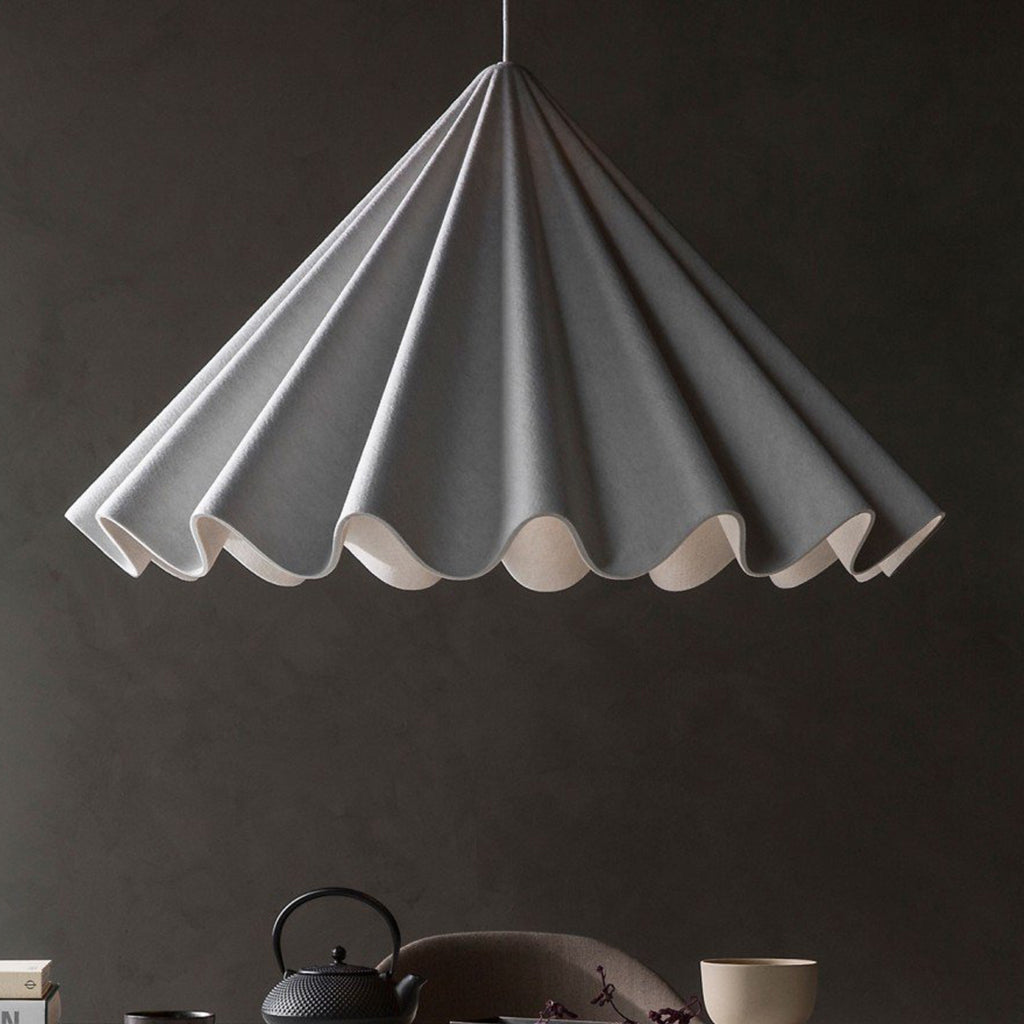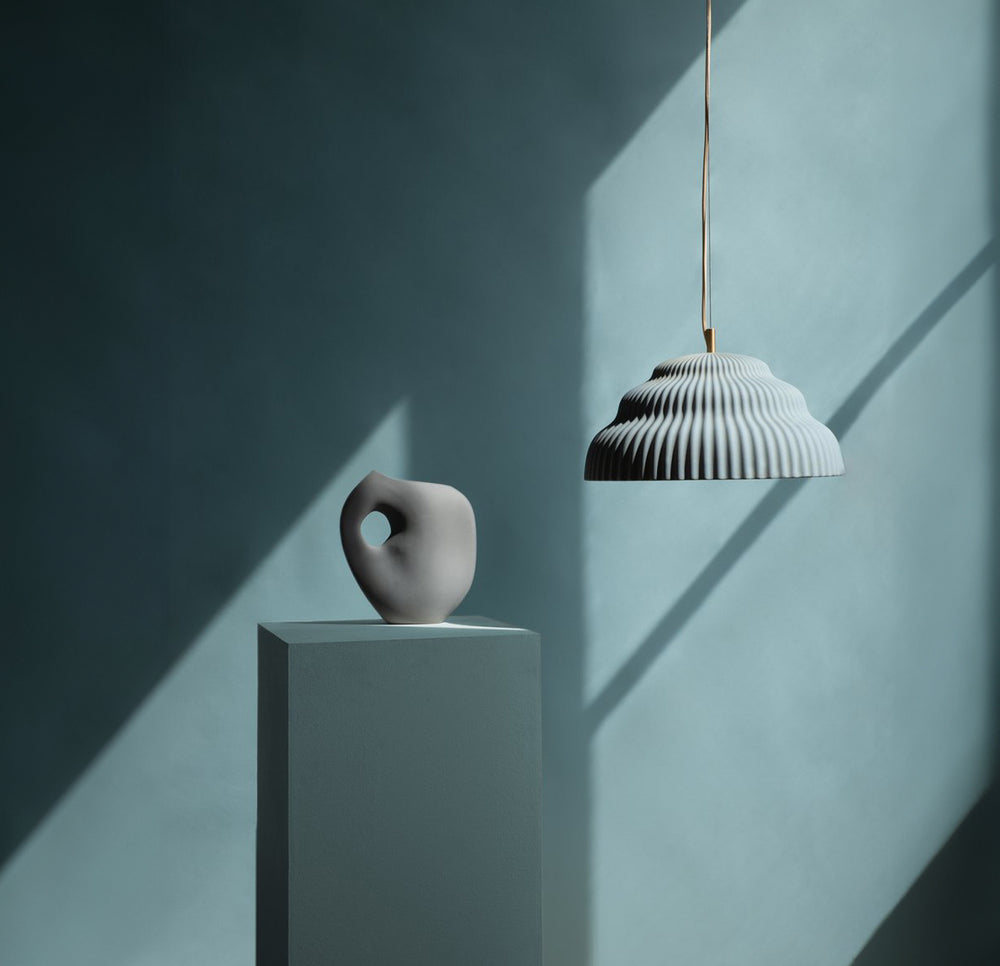Hardware Finishes - Part Three: PVD Coating and Powder Coating FAQ
We've already covered the basic finishes in Part One of our series, and living finishes in Part Two.
Now, we want to talk about PVD and Powder Coated finishes. Used to protect and decorate metal, both finishes are durable options for all interiors, but with some key differences. Read on to learn about how PVD and Powder Coating could work for you.
Still have questions? Email service@cassonhardware.com
Introduction
Powder Coating and PVD Coating are offered for many of CASSON's products and hardware. But we often get questions asking What is powder coating? Or why would I get a PVD coating for my stainless steel? So we created this guide to explain the benefits and differences of these long lasting finishes.
What is Powder Coating?
Powder coating coats surfaces with a protective later of polymer resin. It's so named because the process involves spraying dry powder onto an object, such a door knob or house number, and then baking the item in the oven to "cure" the powder. Under heat the the powder melts into a smooth and durable finish, that is well bonded, corrosion resistant and features an improved appearance. Powder Coating can last 20+ years and comes in a variety of shades and colours.

And What is PVD?
PVD coating, or Physical Vapor Deposition coating, is a high-quality finish that is becoming increasingly popular for use on architectural hardware. PVD coating is a process in which a thin layer of metal is vaporized and deposited onto the surface of a product. This coating is known for its durability and corrosion resistance, making it an excellent choice for use on door handles, locks, and other architectural hardware that is exposed to the elements.
In addition to its durability and corrosion resistance, PVD coating is also environmentally friendly. It does not require the use of chemical reagents or cleaning post-treatments, so it has a very low environmental impact. The PVD coating process does not produce any harmful by-products or emissions, making it a sustainable choice for use on architectural hardware. Studies have shown that PVD coatings can enhance the lifespan of a product by up to ten times, in some cases lasting for more than 25 years.
Why should I choose PVD stainless over normal stainless steel?
The PVD process not only increases the product's longevity but also reduces its maintenance.This coating is known for its durability and corrosion resistance, making it an excellent choice for use on door handles, locks, and other architectural hardware that is exposed to the elements.
The metal coating of PVD is stronger and more resistant than the "substrate" or metal underneath the coating. So, when coating a stainless steel item with PVD the primary stainless steel is now covered with a better, more resistant metal layer.
One of the main benefits of PVD coating is its ability to withstand wear and tear. PVD coatings are four times harder than chrome, making is extremely hard and resistant to scratching. They are also resistant to fading and discoloration, so the finish will remain bright and vibrant for years to come.

What's the difference between
Powder Coating and PVD Coating?
Powder coating and PVD (Physical Vapor Deposition) coating are both finishes that are applied to products to improve their appearance and protect them from wear and tear. However, there are some key differences between the two.
How it's Made
One of the main differences is the application process. Powder coating is a dry process in which a powder-like substance made of resin and pigment is applied to a product using an electrostatic charge. The product is then placed in an oven where the powder melts and forms a hard, durable finish.
On the other hand, PVD coating is a wet process in which a thin layer of metal is vaporized and deposited onto the surface of a product. The process typically involves a high-vacuum chamber, a cathode (the product being coated), and an anode (the source of the metal vapor). The metal vapor is then deposited onto the surface of the product, forming a thin, hard, and durable finish.
Long Lasting
Both powder coating and PVD coating offer excellent durability and corrosion resistance, but PVD coating is generally considered to be more durable and longer lasting. PVD coatings are also resistant to fading and discoloration, while powder coatings may fade over time.
Scratches & Scuffs
While both Powder Coating and PVD Coating are scratch and corrosion resistant, PVD is more scratch resistant, and is generally preferred for high traffic areas or external uses, however both are excellent choices for heavy use areas.
PVD is by far the longest lasting material that requires the least maintenance and upkeep. But beware, while scratching PVD is unlikely to near impossible, if it is scratched it cannot be re-applied, so unlikely damage to a PVD coating is permanent. Powder Coating can be reapplied if scratching occurs, or if the coating fades.
But how do they differ aesthetically?
For many, the main difference between the two coatings is the aesthetic and style options offered.
Because Powder Coating is powdered polymer, it comes in almost any colour you can imagine, and in matte or glossy, satin or eggshell. Note just like painting a wall, some items show more damage than others. For custom powder coating we offer over 100 different RAL colours. However, for the same reason, Powder coating can not never offer a metal finish; if you want a copper, steel or gold look, you need coated metal.
PVD Coating is metal, so has a much more limited palette, but provides metal finishes that can last a lifetime. While a limited range of colours is available, coloured PVD is now widely used in the world of architecture and interior design. The colours include PVD satin stainless steel, PVD satin black, PVD gunmetal, PVD satin gold, PVD bronze and PVD polished copper.
How do I care for Powder Coated hardware?
Powder coating, as opposed to paint, is far extremely resistant to rust, corrosion, peeling, and fading. However, this resilience does not apply to chemical cleansers and solvents to clean powder coated things is entirely safe. Acetone and other harsh cleansers and solvents can actually damage powder coating.
Powder coated surfaces can still be cleaned. Simply wipe away dust with a soft clock. If additional cleaning is required, use a highly diluted, mild soap in water and a soft towel or sponge to clean very carefully. Rinse with water and pat dry with another soft towel.
My powder coating has changed
If your powder coated metal has lost its shine, it’s a pretty easy process to bring it back. After removing dirt with mild soap, you can apply a thin layer of wax just as you would wax a car. After the wax dries, wipe all of it off and powder coated metal will have its original lustre. Note that we only suggest this for non-matte coatings. Always try first in an inconspicuous spot.
Don’t paint!
If you’re wondering if you can touch up imperfections in your powder coating with paint, please don’t! Because of the polymer in powder coating, paint won’t adhere. If your powder coating is showing wear, you will need a professional to either repair or redo the powder coating.
Leave it alone
It seems counterintuitive, but both PVD coating and Powder coating are resistant, low maintenance coatings. They will last the longest if cleaned rarely, gently, and basically just used as they were intended.
How do I care for PVD coating?
PVD is used for its durable, scratch proof finish. Yet even so, PVD coating can become damaged due to hard knocks or repeated rubbing with abrasive materials. For daily cleaning, wipe with a soft and clean cotton or microfibre cloth.
Using Cleaners
Never use highly alkaline or acidic cleaners, like soap flakes or vinegar. The former can leave a greasy film which can, overtime, wear down the coating. The latter can damage or etch the coating. including steel wool and polish. Likewise, do not use highly abrasive scrubs or steel wool, which can scratch the coating and are not necessary to clean PVD coated products.
But, I had PVD and it wore off before?
PVD can ear off when applied very thinly and with repetitive use, such as some watches. There have been some industries which call any matte black metal PVD. Real PVD, particularly ones used by reputable designers and retailers will not wear off with proper care.
Still have questions? Email service@cassonhardware.com




